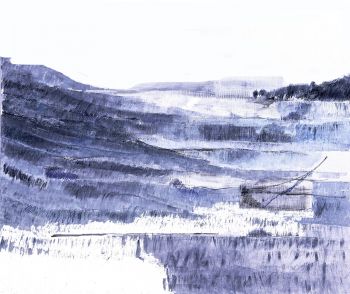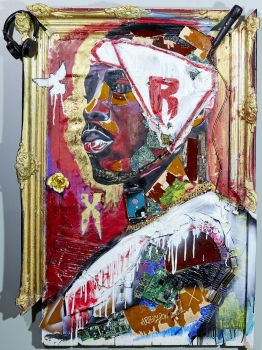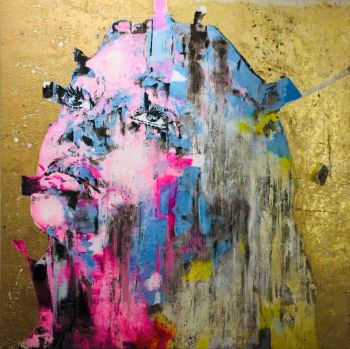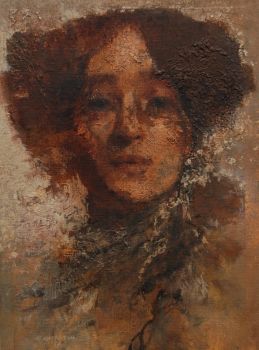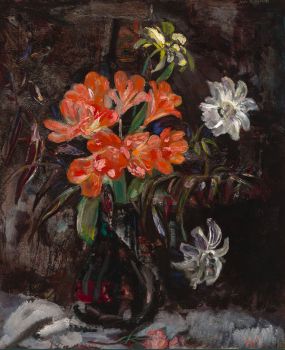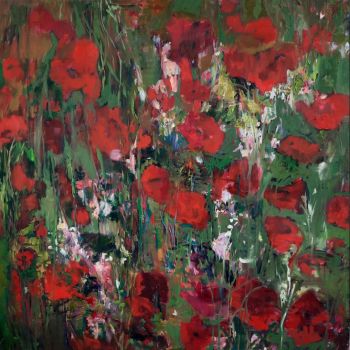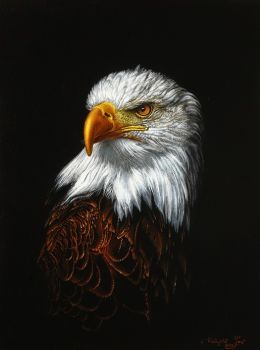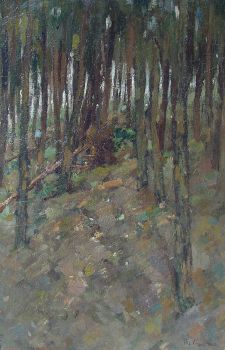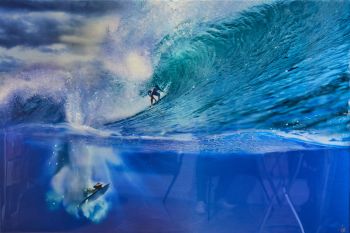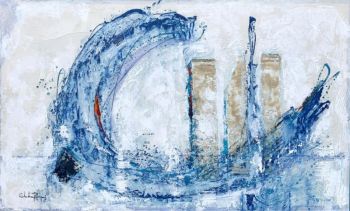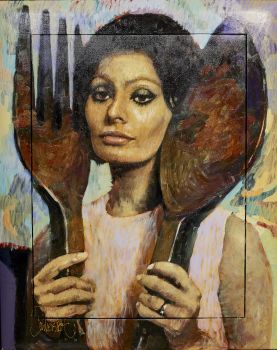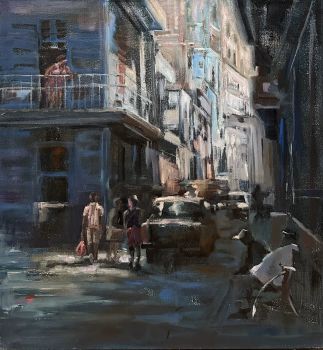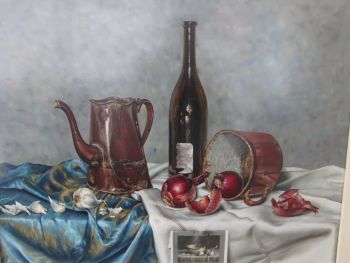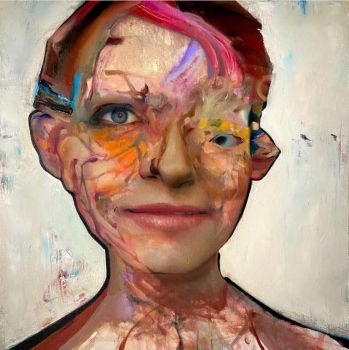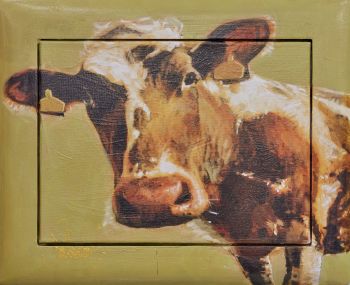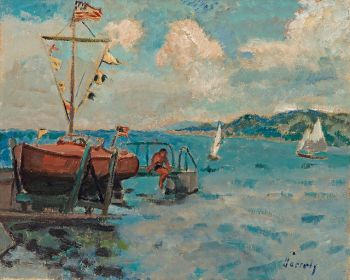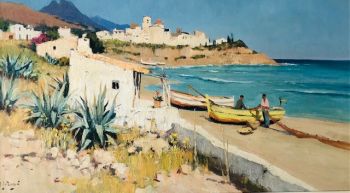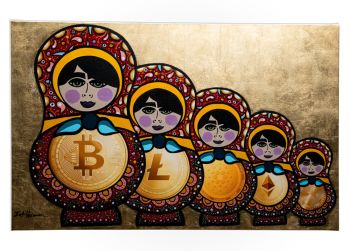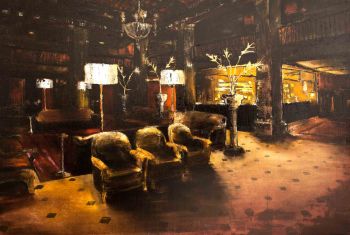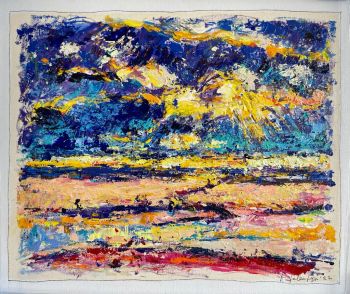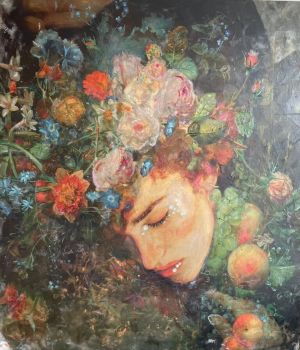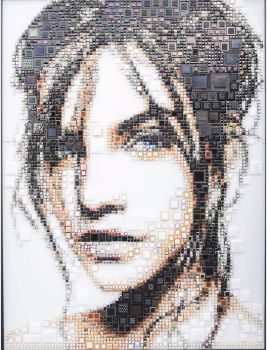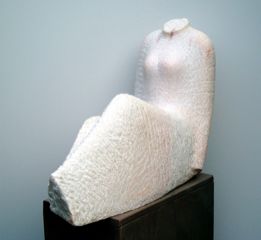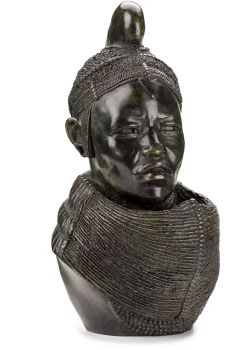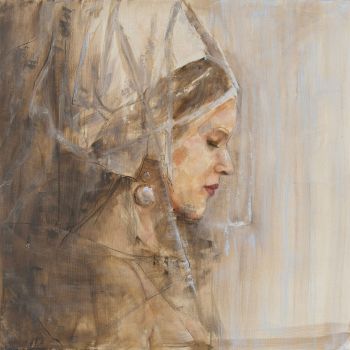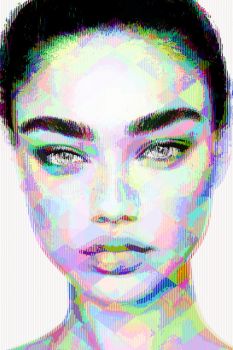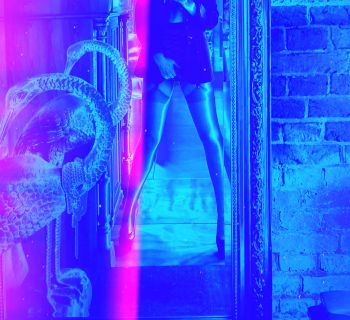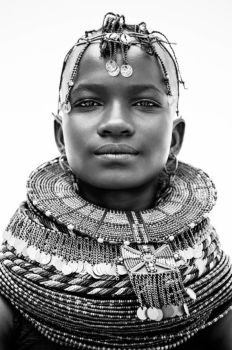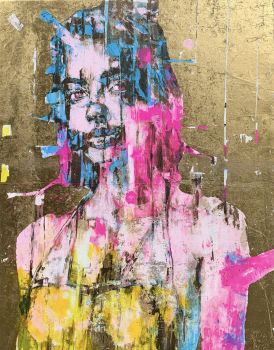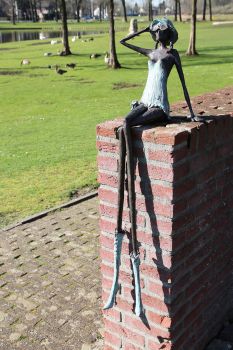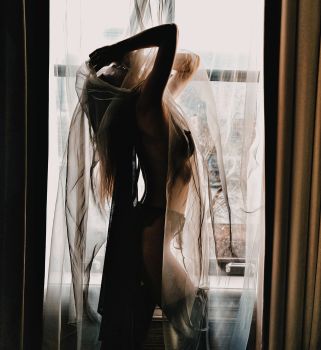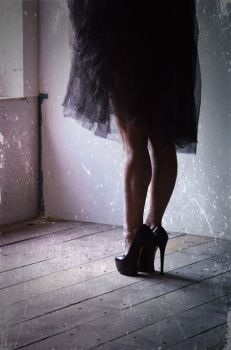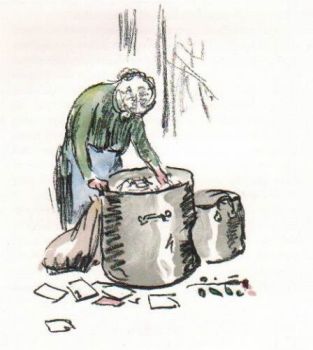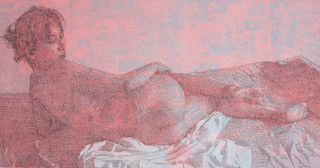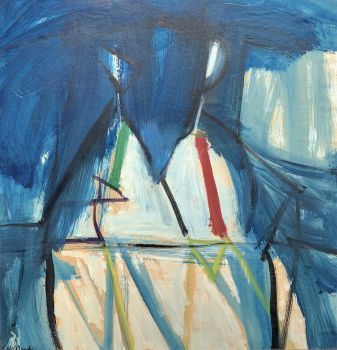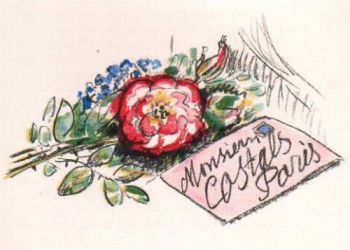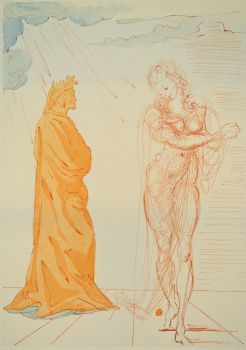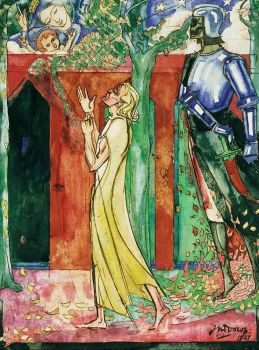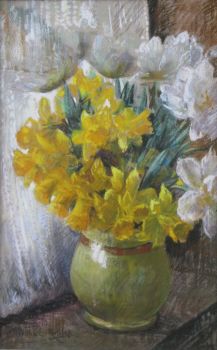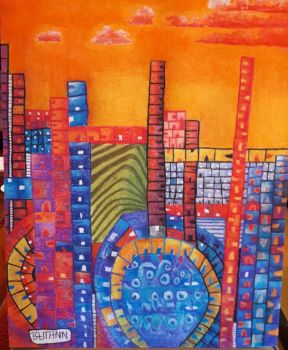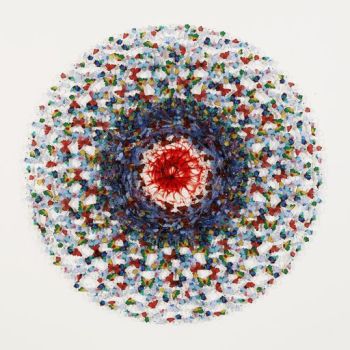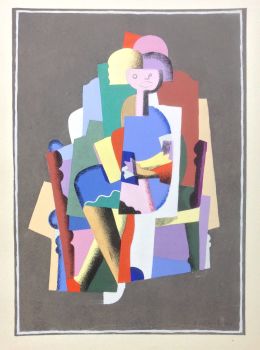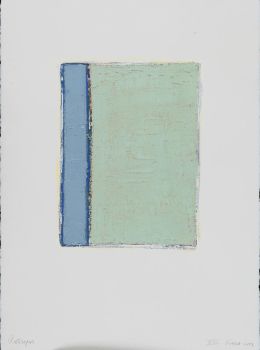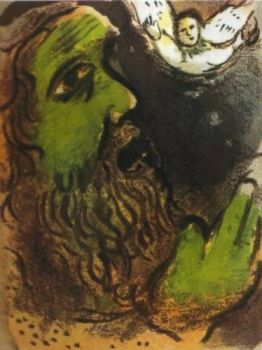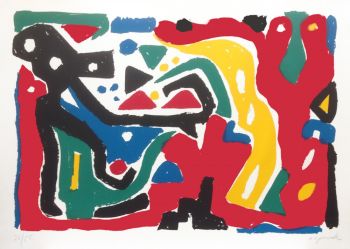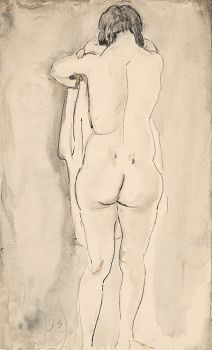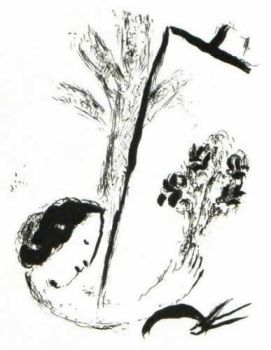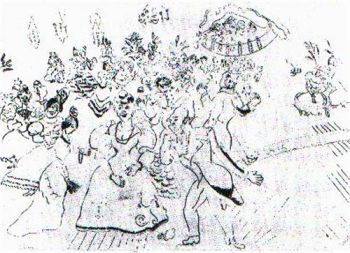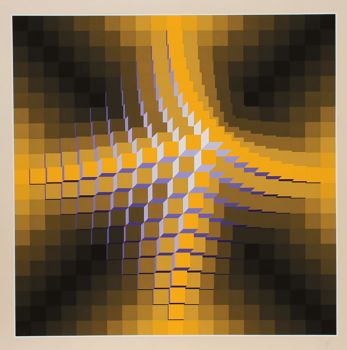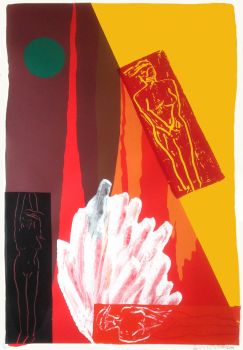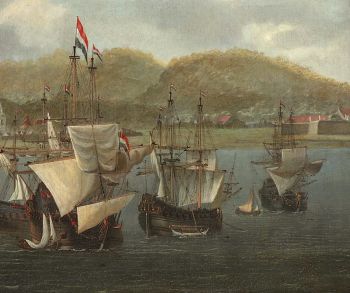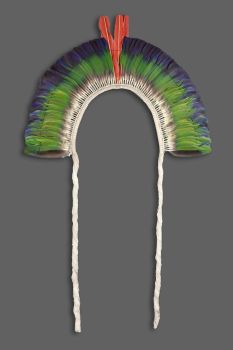Four portraits of women of Guadeloupe 1769
Joseph Savart
PaperPastel
40 ⨯ 34 cm
Price on request
Zebregs & Röell - Fine Art - Antiques
- About the artworkEach signed, dated, and annotated À la Guadeloupe, Savart invt 3 mars 1769 and titled respectively ‘la Négresse’, ‘la Mestisse’, ‘la Cabresse’, and ‘la Mulatresse’ on the backing
One drawing has a label reading BULDET - Rue de Gesvie au grand Coeur - Vend les vraix Verres de glace blanc, Estampes, Bordures de toute facons. A PARIS on the backing
Pastels on paper, H. 40 x 34 cm (each)
Provenance:
Private collection, Belgium (at least since the mid-19th century); thence by descent
Included is a letter from the Louvre to the ancestor of the previous owner, dated August 8th 1929, in which is stated that the Louvre, nor the Cabinet d’Etampes in Brussels, are aware of an artist named Favart. The owner of the drawings, Mr. Brisque, misread the signature and made a wrong enquiry.
For the article by Séverine Laborie on these four pastels see:
Joseph Savart: Four Creole women - Quatre femmes Creoles - About the artist
Joseph Savart, born in 1735 in Reims and died October 25, 1801 in Saint-Pierre (Martinique), is a French painter.
Marie Joseph Hyacinthe Savart was born in 1735 in Reims to Maître Pierre Savart, prosecutor in the bailiwick of Reims, and Catherine Husson. He settled in Guadeloupe and married Christine Élisabeth Rison, widow of a weaver in Basse-Terre, on October 22, 1765.
He painted in particular the pastel Quatre Femmes Creoles, dated November 17, 1770, the only preserved work of his, which appeared on the art market in 2009. This work was acquired with the assistance of the State by the General Council of the Guadeloupe to enrich the collections of the Victor-Schoelcher departmental museum in Pointe-à-Pitre.
During the 1770s, Savart settled in Martinique, but had to leave the island for Dominica during the revolutionary period in order to flee the counter-revolutionaries. He returned to Martinique and died there in Saint-Pierre on October 25, 1801.
According to Séverine Laborie, the freshness of the clothes, the fineness of the fabrics, and the gold jewelry sets of the Four Creole Women, represented side by side despite their different skin colors, constitute a challenge to a society based on color prejudice. This work can be seen as a republican manifesto for the equality of peoples, announcing the painter's actions at the time of the French Revolution.
Are you interested in buying this artwork?
Related artworks
Unknown artist
Japanese transition-style lacquer coffer 1640 - 1650
Price on requestZebregs & Röell - Fine Art - Antiques
Unknown artist
A Surinam-themed Amsterdam long-case clock1746 - 1756
Price on requestZebregs & Röell - Fine Art - Antiques
 Curated by
Curated byGallerease Magazine
Unknown artist
AN UNUSUAL INDONESIAN LOBBED SILVER DISHlate 17th
Price on requestZebregs & Röell - Fine Art - Antiques
Unknown artist
A silver spoon commemorating Juff’ Margareta van Hoorn1656 - 1694
Price on requestZebregs & Röell - Fine Art - Antiques
1 - 4 / 24- 1 - 4 / 24
- 1 - 4 / 24
- 1 - 4 / 24
Unknown artist
A JURUNA TRIBE FEATHER HEADDRESS1900 - 1950
Price on requestZebregs & Röell - Fine Art - Antiques
Dutch School
Arrival of a Dutch East Indiaman in the Table Bay18th century
Price on requestZebregs & Röell - Fine Art - Antiques
Unknown artist
Dutchmen in Miniature18th century
Price on requestZebregs & Röell - Fine Art - Antiques
 Curated by
Curated byDanny Bree
Unknown artist
A IVORY NETSUKE OF A DUTCHMAN HOLDING A COCKEREL18th century
Price on requestZebregs & Röell - Fine Art - Antiques
1 - 4 / 12






























